AI-generated summary
Due to the unprecedented attention brought about by the launch of large language models, products like ChatGPT, Sora, and Gemini have enabled various industries to truly experience the powerful capabilities of AI. Although the current use of AI resembles more of an application-based approach, some manufacturers are eagerly introducing the concept of AI phones. Its emergence seems to signify a new stage for traditional smartphones, promising users a more intelligent experience. However, looking back from feature phones to traditional smartphones and the development of smartphones in recent years, has the current stage of AI phones reached a transitional form, and what should the ideal AI phone look like?

Preface
On the last day of February, Meizu held a special event on Changqin Island in Zhuhai. At this special event, Meizu invited two old Meizu friends, Li Nan, who was previously responsible for marketing, and Yang Yan, who was in charge of Meizu’s smartphone system Flyme, to announce its latest traditional smartphone after claiming to be All in AI, which can also be said to be the first AI smartphone after All in AI.
I attended the event through the Meizu community’s registration. In my application, I wrote that although I had switched from Meizu to iPhone in 2022, my emotional attachment to Meizu over the years, as well as Meizu’s praised product design and user experience, kept me from ceasing to pay attention to Meizu. Especially after Meizu announced All in AI, I was eager to experience and share this innovation firsthand.
In addition to the news about Meizu’s All in AI, in recent days, there have been announcements like Apple abandoning its car-making plans, and OPPO also officially announced its entry into the AI smartphone era on New Year’s Eve, seemingly conveying the message that smartphones are transitioning to AI phones, intentionally or unintentionally. In this article, I would like to use Meizu’s special event as an entry point to share some of my thoughts on the development of smartphones in recent years, and to discuss the possible new forms of AI phones in the future.
Increasingly Unified Smartphones
I first came into contact with Meizu during my sophomore year of high school when I got my hands on the Meizu Blue 2. In an era where smartphones were a mixed bag, with branded and unbranded options, as well as the strong presence of knockoff phones in places like Huaqiangbei, the overall quality of smartphones varied greatly. The system of the mBlue 2 captured my heart from the first use; its design, interface, interaction, and performance made it stand out from many other unknown brands at the time. In the following years, I continued to use Meizu’s smartphone products until 2022. Due to issues with Google Play services, I encountered significant difficulties when using certain apps. By then, the products of major smartphone manufacturers had become increasingly homogenized, making it difficult to distinguish between different phones. When it came time to make a choice, it seemed to be more about sentimentality. That’s when I switched directly from the Android camp to iOS.
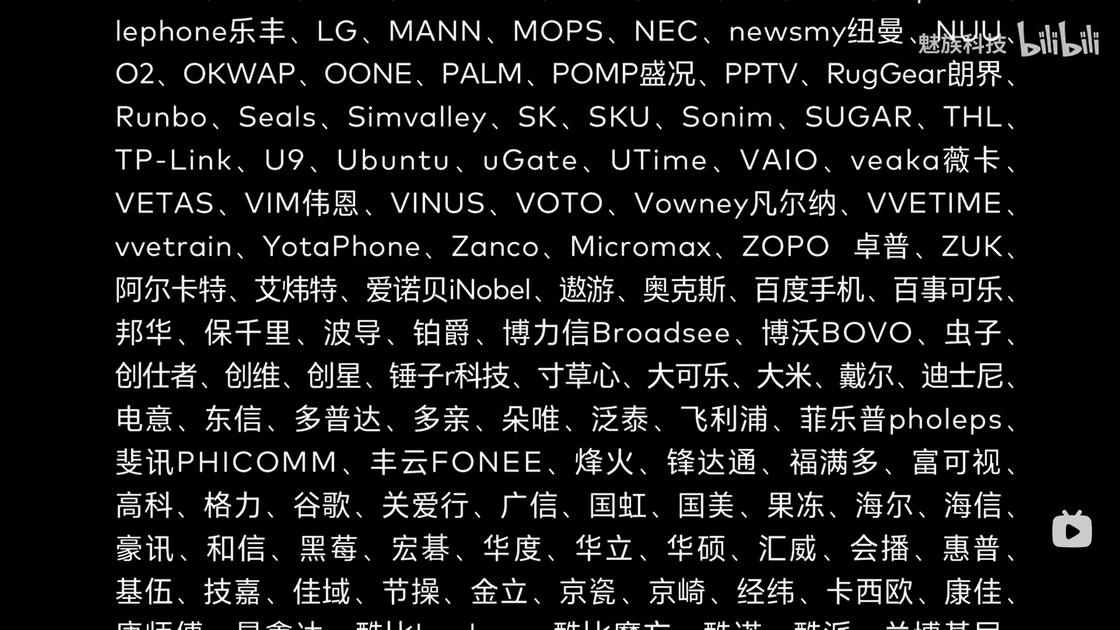
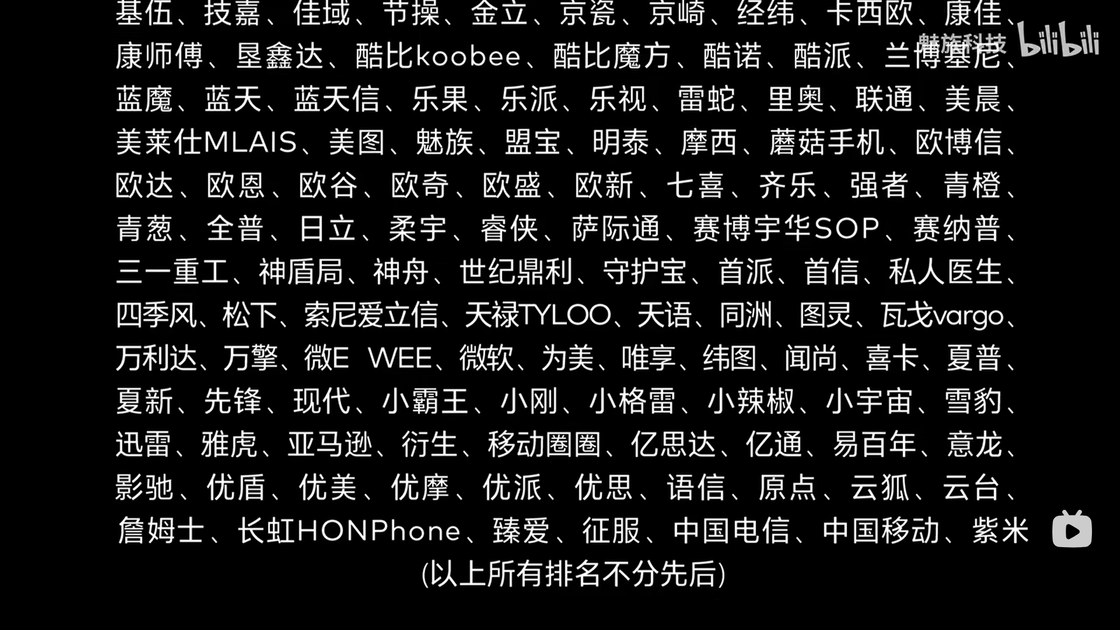
swipe left/right to view more images
System Level
Take Meizu as an example. One of the features Meizu was once proud of, Flyme, has become increasingly difficult to distinguish from other manufacturers’ smartphone systems in recent years. As shown in the table below, Flyme’s earliest introduced features such as the small window mode, global dark mode, gaming assistant, status bar lyrics, OneMind intelligent thinking engine, light touch return, press to return to the home screen, long press to open the voice assistant (mBack); Smartisan OS introduced features like Smart Capsule, Big Bang, and One Step; iOS, renowned for its smooth animations, secure system, 3D Touch, accessibility support, and ecosystem; iOS and Flyme’s impressive phone finding capabilities; Android’s screenshot and Nearby Share, iOS’s Airdrop, and many other features from different systems are gradually being incorporated and improved upon in the systems of major smartphone manufacturers. However, in terms of system development, based on the known update situations, apart from AI as a feature, major manufacturers seem to struggle to find new directions. After all, completely removing ads like iOS does would pose a significant challenge to enterprise revenue.
| System/Category | ColorOS 14 | Flyme 10 | HarmonyOS 4 | HyperOS | iOS 17 | One UI 6 | OriginOS 4 |
|---|---|---|---|---|---|---|---|
| Personalized Themes | ✓ | ✓ | ✓ | ✓ | ✓ | ✓ | ✓ |
| Floating Windows | 2019.11 ColorOS 7 Smart Sidebar | 2018.4 Flyme 7 Small Window Mode | 2020.9 EMUI 11 Smart Multi-Window | 2020.4 MIUI 12 Global Free Window | - | 2018.11 OneUI 1 | 2020.11 OriginOS 1 |
| Resource Management | ✓ | ✓ | ✓ | ✓ | ✓ | ✓ | ✓ |
| Gaming Mode | ✓ | ✓ | ✓ | ✓ | ✓ | ✓ | ✓ |
| AI (LLM) | In-house AndesGPT | Yiyan | In-house PanGu Large Model | In-house Large Model | - | Yiyan | In-house BlueHeart Large Model |
| Find My Phone | ✓ | ✓ | ✓ | ✓ | ✓ | ✓ | ✓ |
| Privacy Protection | ✓ | ✓ | ✓ | ✓ | ✓ | ✓ | ✓ |
| Ecosystem Integration | ✓ | ✓ | ✓ | ✓ | ✓ | ✓ | ✓ |
As shown in the table above, based on the official websites of major system manufacturers, promotional videos, user manuals provided by some systems, and my own experience using smartphones, I have only selected some categories for a simple comparison, and the implementation methods vary among different systems. Additionally, these operating systems still have their own unique features, such as the “Full Link Parking Assistant” first introduced in OriginOS 4, ColorOS 14’s next-generation spatial audio technology “Holographic Audio,” and HarmonyOS’s “Air Gesture,” among others.
Hardware Level
Apart from the comparison between Android and iOS, as well as the customized Android systems, although different smartphone brands adhere to different value concepts, the materials used in hardware have become increasingly similar. In the past, just a chip issue allowed users to easily compare the advantages and disadvantages of different products. For example, MTK was not recognized as a flagship-level chip, and Samsung Exynos did not support all networks. But now, MediaTek’s Dimensity series has received wide acclaim, and Samsung Exynos also supports all networks.
There are also familiar slogans such as “Five minutes of charging, two hours of calling,” “Illuminate your beauty,” etc., which emphasize features such as battery life and photography. However, today’s slogans have become “Zeiss Imaging, Immersed in the Heart,” “Master Imaging, More Weighty,” “Forget for a Moment, True Leica,” all unified imaging and unified AI. In the past, when slogans were mainly promoted, they could promote features such as full-blooded chips, screen refresh rates and sizes, battery life, and smartphone materials. Now, these have all been standardized, leaving behind only the selling points of imaging that still need to work hard on algorithms and AI, which are still not fully understood.
As shown in the figure below, I have briefly summarized the configuration of flagship models from major smartphone manufacturers. Whether in visible areas where smartphone manufacturers strive to pile up the best parameters to achieve the highest scores, or in invisible areas where iPhone’s motherboard was previously praised for its cleanliness, now, the craftsmanship under the back cover has also reached a uniform high standard.
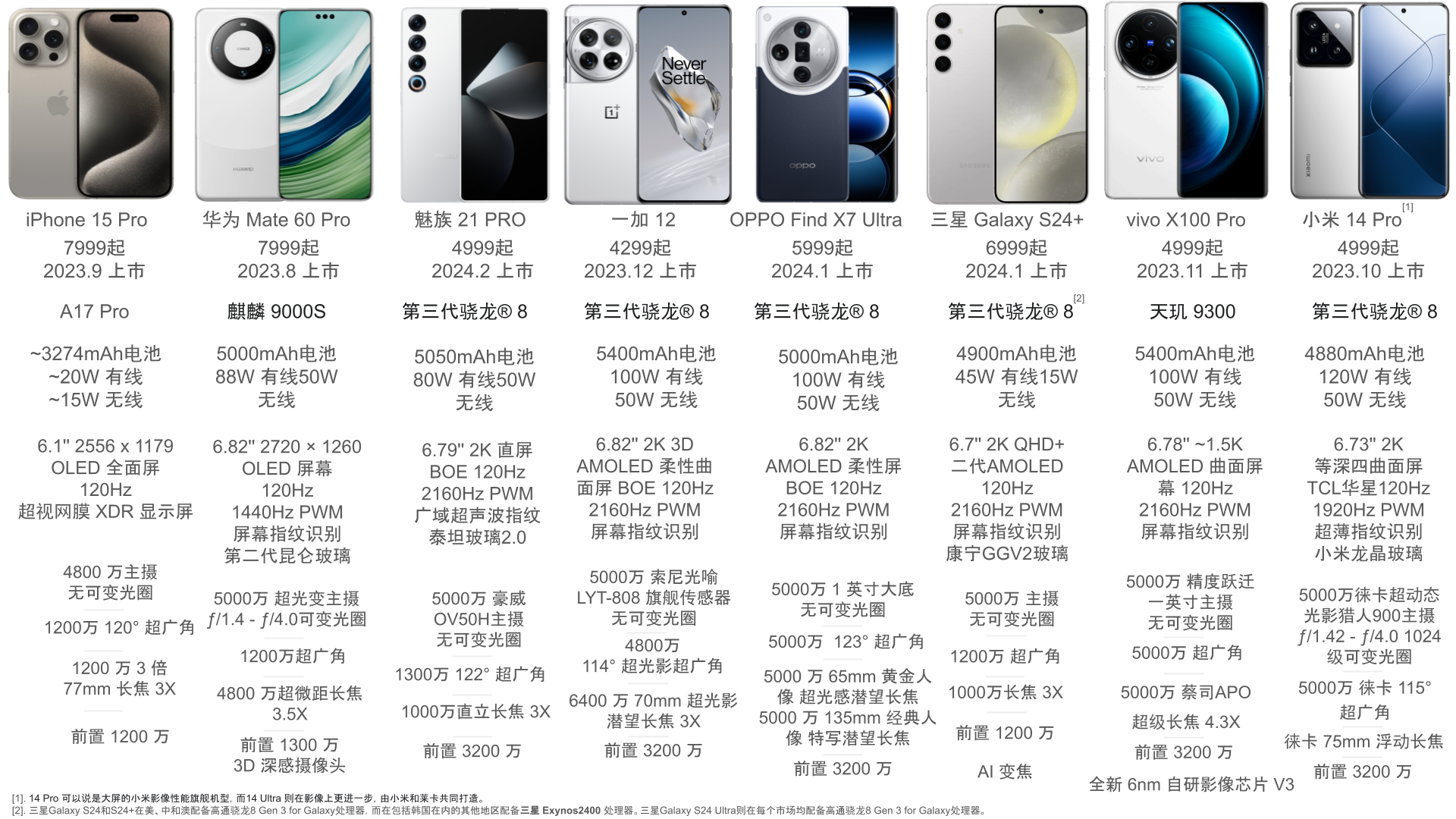
The trend towards homogenization may not necessarily be a bad thing, but there’s always a lingering feeling that something isn’t quite right. It gives the impression that manufacturers can simply adhere to a predetermined “best” standard without needing to consider what users truly want in a flagship smartphone. Instead of striving to meet the unique needs of users, they only need to meet that predefined benchmark. Perhaps it’s this standardized benchmark that has made it difficult for many niche smartphone brands to survive. This is likely the nature of the market—it requires a standard to improve overall quality and ensure users get more reliable products.
However, smartphones shouldn’t be reduced to simply comparing these cold, technical specifications, and the comparison items listed in the image are not exhaustive. Different users have different needs and preferences, so naturally, the experience provided by the same phone can vary depending on the user. Therefore, this “best” standard should be more comprehensive and inclusive of various user needs and preferences.
AI Phone
AI smartphones are also facing a similar market situation. Despite the current saturation in the development of smartphones, with advancements in photography, screens, batteries, processors, and other aspects, there still isn’t a clear, comprehensive, or universally accepted standard for what constitutes an AI smartphone.
Looking back at the evolution of smartphones in previous years, it’s akin to transferring all the tasks users used to do on their computers onto their phones. Previously, tasks like document processing and web browsing were primarily done on computers. Now, smartphones have evolved to the point where they can perform nearly 90% of the functions of a computer in our daily usage. Even in terms of imaging, smartphones aim to save users the hassle of editing photos on a computer. By capturing more information through improved CMOS sensors, smartphones can enhance photos more effectively. Nowadays, snapping a photo often results in a finely edited masterpiece. As the functionalities of smartphones and computers gradually align, smartphone development seems to be pursuing a large-screen experience and realism similar to that of computers. Linear motors provide users with various tactile feedback when typing on smartphone keyboards, and the introduction of foldable screens allows smartphones to maintain their handheld form factor while offering a larger screen experience when needed.
While smartphones have been aligning with the development trajectory of computers, we haven’t yet heard of AI computers. Even Microsoft has discontinued Cortana, only to reappear in the form of Copilot. There is still plenty of room for improvement in the performance of computers, whereas smartphones, as mentioned earlier, are showing signs of fatigue in hardware and system competition. This is not only because various manufacturers adopt the same flagship chips but also because the tasks smartphones handle are limited. As a result, the pursuit of performance in smartphones may become less intense. Therefore, smartphones now have the opportunity to lead ahead of computers and introduce AI smartphones before the emergence of AI computers.
Meizu’s Proposed AI Smartphone Form

Meizu envisions a scenario where users only need to express their needs, and the smartphone can assist with all subsequent operations. The change it brings is a convenient AI interface that users can easily invoke anytime, anywhere. Data from various dimensions such as the system, applications, accounts, data, device status, and perception capabilities are made available to large language models.
Setting aside discussions on user privacy data, Meizu’s vision involves leveraging the permissions it possesses as a system service provider to provide data generated by users while using the system (Flyme) to third-party large language models. This enables these models to better understand user instructions. Meizu does not need to develop its own large language model like other major domestic companies such as Baidu, Alibaba, and Tencent. Instead, it focuses on how to open up data effectively to third-party large language models.
An example cited by Yang Yan during the launch event is when a user instructs the model to check updates from a certain author on the platform “SSPAI” (a tech blog), including other platforms, and also follow these accounts for me. The model, based on the user’s instructions and data provided by the system regarding the user’s phone usage, automatically executes commands that the system can recognize. Therefore, after issuing such an instruction, the model provides updates from the author on “SSPAI” and other platforms and automatically follows the author on other platforms like TikTok and Bilibili if they have accounts there, summarizing the author’s updates on these platforms.
In summary, Meizu’s envisioned AI aims to help users seamlessly navigate between various apps with just voice commands. Thus, Meizu has suggested that in the future, there may no longer be a concept of “apps” as we know them now. Instead of using various apps when going out, tasks could be automated by large language models, and as users, we would only need to express our intentions.
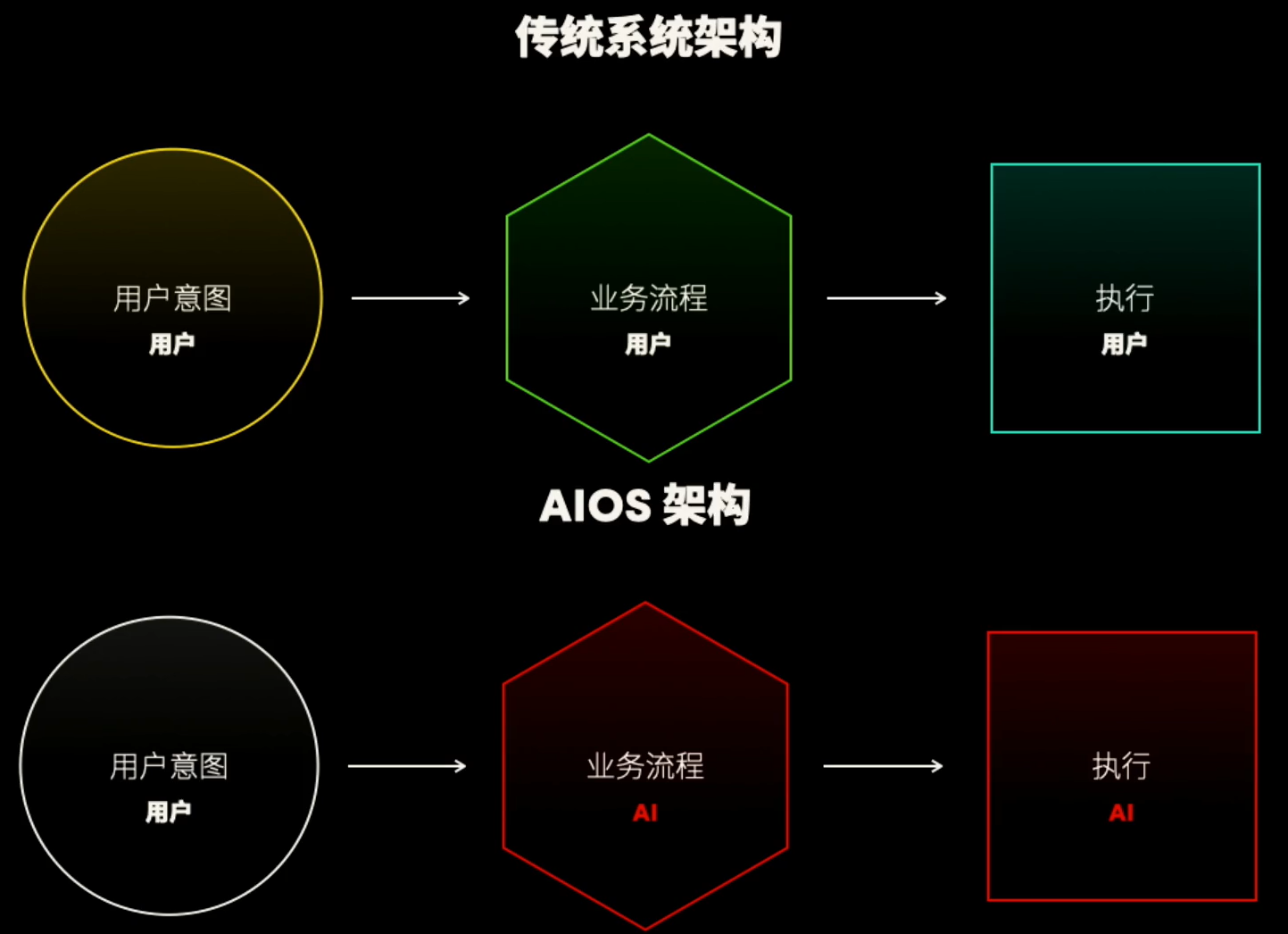
However, ignoring privacy data is unrealistic. For users, merely agreeing at startup may inadvertently hand over all their smartphone usage data to third-party large language models. This poses significant risks. Addressing privacy protection and encryption is crucial in implementing this plan.
Conversing with Large Models = AI?
On the one hand, is issuing commands to large models to assist users in executing tasks truly efficient and user-friendly in terms of user experience? Conversing, whether through voice or text, can be considered as chatting. For example, with some mature conversational AI assistants, I can wake it up and issue my command in Mandarin, “I want to know tomorrow’s weather,” which may not necessarily be more efficient than opening the weather app on my phone and checking the weather manually.
Moreover, voice interfaces face challenges with users who speak minority dialects, where chatbots may struggle to understand user commands. Currently, most smartphone manufacturers integrate the capabilities of large language models into their own voice assistants. However, I have always regarded voice assistants as part of accessibility features, as they can better assist visually impaired users in using smartphones, rather than being a primary mode of interaction for most users.
Currently, our communication with machines relies on interaction with screens. Machines visualize their capabilities on the smartphone screen, and users interact by clicking different buttons, confirming actions, returning, and switching between different apps. AI smartphones attempt to translate these user interactions, such as clicking buttons and typing on keyboards, into interactions with machines through voice or text.
But if we don’t use dialogue, does that mean products like ChatGPT, Gemini, and Wenxin Yiyán are no longer useful? So, the problem actually lies in the mode of interaction. Users should not necessarily have to describe what they want to do, as issuing a suitable command also requires a certain learning curve. Otherwise, guides like the one for ChatGPT on GitHub wouldn’t receive so many stars. Similar to communication between people, explaining something often requires a lot of assistance, such as preparing slides, videos, and providing rich examples. Reducing communication costs may depend on intimacy. We often say, “I know what you mean with just a glance,” which is the result of high trust and mutual understanding. What about machines? Meizu proposes Open API, allowing large language models to access more user information and data, and then striving to become someone who understands you better.
In addition to current dialogue with large language models, AI has long been integrated into our smartphone usage. Face ID for unlocking, based on deep learning-based facial recognition technology, is one example. Some smartphone manufacturers use algorithms like Megvii’s to optimize computational photography image rendering. There’s also Samsung’s AI zoom on the Galaxy S24 series, with some media outlets even calling the S24+ a qualified pioneer of AI smartphones. The emergence of AI-powered features seems to be a strong catalyst, accelerating the birth of so-called AI smartphones.
Conclusion
As the event ended, on the coast of Changqin Island, with the wind howling and fireworks lighting up the sky, there were many feelings in my heart, like a celebration and yet also like a farewell. Just like the Meizu logo depicted standing in the waves in the cover image of this article, it stood alongside the fireworks, seemingly going through the waves and jointly embracing this celebration and farewell with the entire smartphone industry.
The concept of smartphones should have emerged with the launch of the first-generation iPhone in 2007, transitioning from the era of feature phones to smartphones. In China, Meizu released its first smartphone, the Meizu M8, in 2009, which was also the first smartphone in China to use a capacitive touchscreen. Today, Meizu hopes to redefine this concept by launching its first AI smartphone. Obviously, Meizu is no longer facing the same market as it did in 2009, and its own status may have changed significantly since that time.
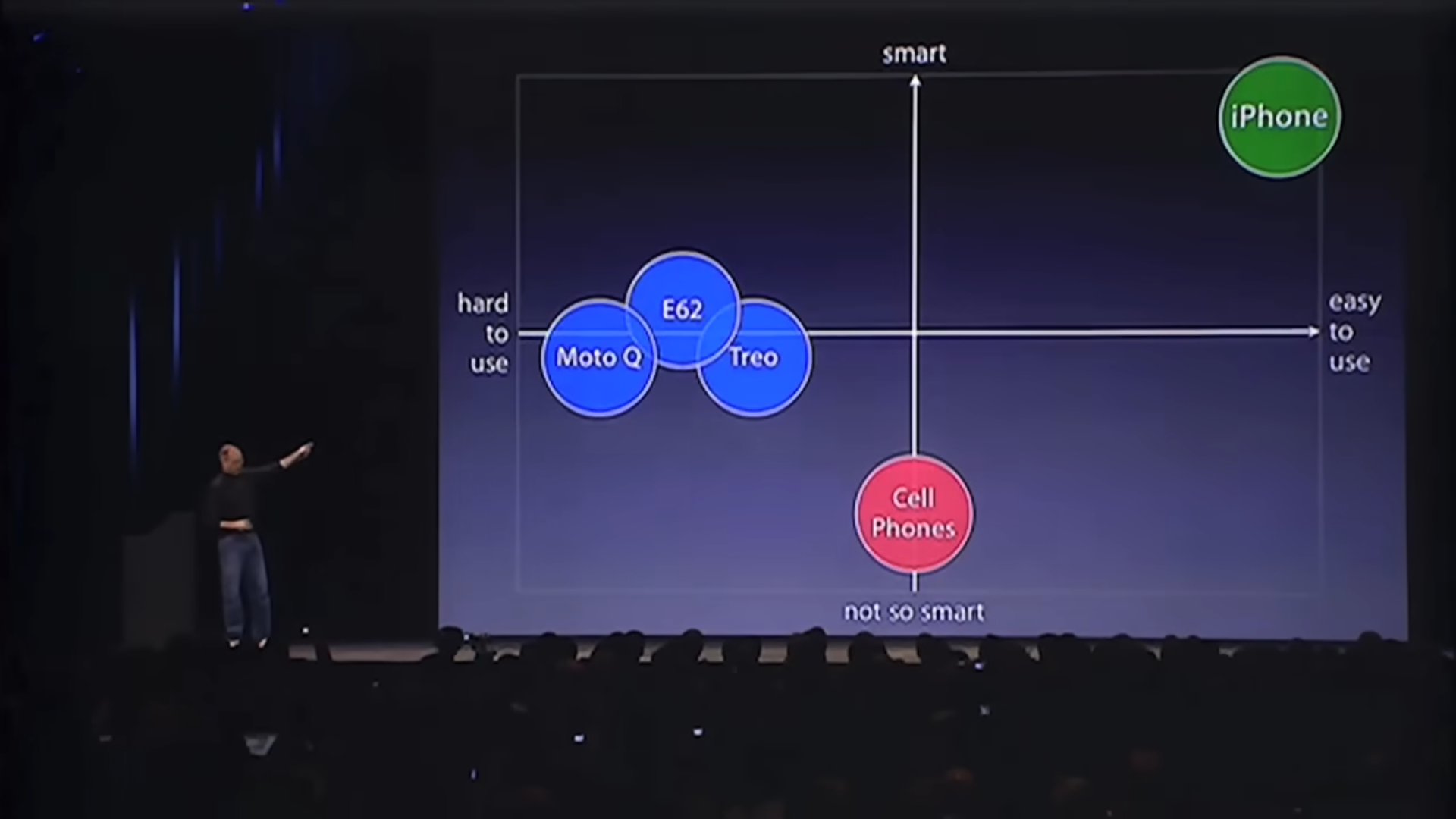
We used to translate smartphones as smartphone, and now with AI smartphones, the term in Chinese includes artificial intelligence, adding the word “artificial” compared to the previous “smart.” Translated as “Artificial Intelligence,” will it be even smarter? At the first iPhone launch event, Steve Jobs drew a graph with usability on the x-axis and intelligence level on the y-axis to illustrate what a true smartphone should be like, and that was the iPhone. The hands-on experience of the Vision Pro in early 2024 seems to bring new developments in usability, but the development in intelligence is still insufficient. Today, should the dimensions of AI smartphones be defined from a flat coordinate system to a three-dimensional one? Will it be a new turning point, or just a concept to capitalize on?
Is the full name of a smartphone handheld phone, smartphone, or simply a handheld machine? Because if it’s called a handheld machine, it would lead to thinking about stuffing features like a telephone, camera, gaming console, MP3 player, Kindle… into the phone. And if there are still handheld digital machines like Rabbit, AI Pin, and other yet-to-be-seen handheld products not integrated into smartphones, then… regardless, I am full of expectations for the future development of smartphones.